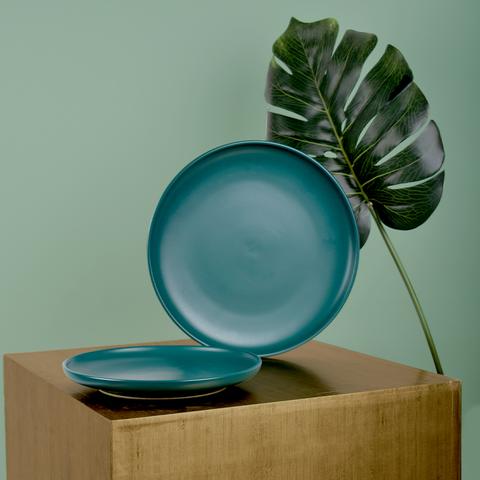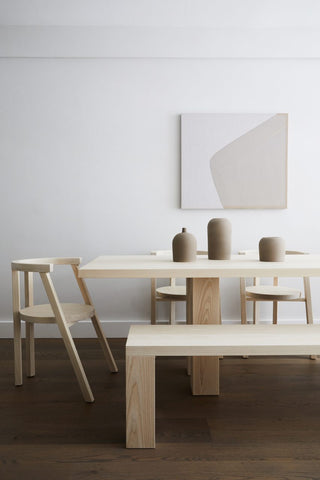Understanding Minimalism to get the Best of a Minimalist Design!
Simplicity has a beauty that cannot be compared to anything else in the world.
Minimalism has a serenity to it. Clean lines, uncluttered spaces, and monochrome colors brings the concept of “Less is More” life.
Bringing this concept into your home can be tougher than it may seem.
If you want to hire an interior designer to do this job for you, great. You’ll be served the minimalistic home decor on a silver platter.
On the other hand, if you’re willing to go through a bit of trouble and achieve this simple decor on your own, we’re here to help you out!
Image Credit: Pinterest
Before we dive deep into the designing process, it is important that we give you the necessary details about minimalism.
What is Minimalism?
In the simplest of terms, minimalism can be described as an art movement that swept over music, visual arts and other forms of media as well.
Minimalism in design was and is all about literal and objective approach to things we use.
The minimalists believed that action painting or the action of spontaneous application or spilling of colors onto the canvas was insubstantial and personal. Their idea was that their art work should not have any unnecessary visual association.
Image Credit: 99designs
The History of Minimalism
It was in the 1960s in New York that visual art started to become influenced by minimalism. This chiefly American movement came into being when artists retaliated against the kind of art they thought had become academic and stale.
During this time, minimalism was not as an art movement. There was so much simplicity in these art works, that they became ever so similar to the modern art movement art works.
Conceptual art can be given a lot of credit for the way minimalism flourished. They challenged the structures of making that already existed in terms of making and viewing art.
Image Credit: Contemporary Art Daily
Qualities of Minimalism
Minimalism can be talked of in the way that it boasts its aesthetics. In a lot of places, the simplicity of the art and design form is seen as representing qualities like truth, harmony, and order.
The designs belonging to this art form do not pretend to be something they’re not.
The best way to recognize minimalism is by observing the lack of expression revealed by the piece. This can be achieved by the simplicity in design or the use of monochrome scheme. The focus shall always be pulled toward the functionality and the form of the piece rather than its aesthetic appeal. No doubt, the aesthetic appeal is created by the showcase of its use.

Like the Luxury Minimalist Plates from the Artment
The Origins and Continuation of Minimalism
The entire base of minimalism is the rejection of subjective designs. Minimalism is the exact opposite of abstract expressionism. This design approach is a combination of emotional intensity and self-denial to produce a work that seems to be highly chaotic and rebellious.
On the other hand, minimalism has such simplicity that anything and everything can be removed from the design and still look rather captivating. It comes to a point where nothing else could be removed from the design. If that happens, the design would fall apart and it’s existence would be threatened.
Image Credit: Apollo Magazine
It was a group of artists in New York who popularized this school of design in the 1960s. This happened with geometric minimalism where geometrical forms were made to be as basic as human comprehension. This is where the groundwork of minimalism was laid.
Prominent American artists who were a part of this movement were:
- Carl Andre
- Donald Judd
- Al Held
- Dan Flavin
- Kenneth Noland
Minimalism in Home Decor
Home owners have the advantage of not focusing on the space, but individual elements. This could mean the view outside the window, people using the space, the material used, or anything that naturally adds a decorative element to the space.
Image Credit: Leibal
The more functional the space is, the better a minimalistic interior design it will be called. The form in minimalism is also important. Let’s say we are designing the dining space. The table and chairs will be required, but the focus should be on ensuring that they complement each other. Whether this is by color, line, or mass is up to the designer.
Everything, right from the furniture to the basic necessities will be stripped down to their basics.
Alright, in the next article we shall be sharing a little bit more about the concept of minimalism and how it merges with different designs in terms of interior, graphic, and architecture.
Interesting, isn’t it?
We hope to see you there!
 Skip to content
Skip to content














Leave a comment